Joe Holzka Community Garden – NYC – September 2024
Joe Holzka Community Garden
100 Barker St.
Staten Island, NY 10310
Joe Holzka Community Garden
100 Barker St.
Staten Island, NY 10310
Photo/Video Credits: Project EverGreen, Christian Hernandez, Luke Truetken and Shape Cleveland
September 17, 2024
$50,000
$35,000
Project Overview
This will be the ninth GreenCare for Communities project in New York City since 2014 and the first in Staten Island. Previous projects have included Liberty Island (2014), Neighbors of Vega Baja (2017), Clinton Community Garden (2018-19), Jackie Robinson Community Garden (2020), Carolina Community Garden (2020), Wishing Well Community Garden (2021), Bradhurst Garden (2022) and Pappa and Momma Jones Historical Garden (2023).
Project Objectives
Project EverGreen and NYC Parks Green Thumb’s latest project is to restore, renovate and enlarge a busy community garden in the West New Brighton neighborhood on Staten Island. NYC Parks re-acquired land adjacent to Joe Holzka Community Garden that had become a dump for area trash.
The goals for this project are as follows:
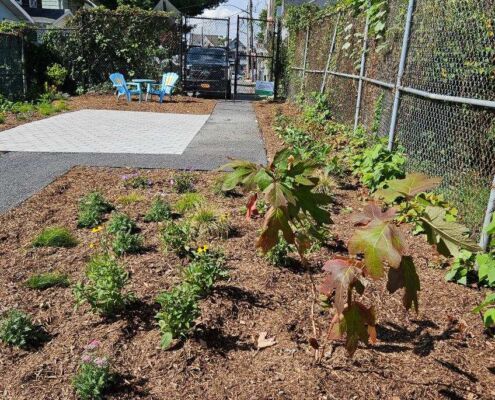 The newly acquired land is not suitable for gardening but is ideal for developing a space that can be activated with programming that benefits the health and well-being of the community. Leaders envision a space that can be used to host wellness and exercise classes, gardening how-to workshops, book clubs, and neighborhood gatherings. Grading and excavation work are outside the scope of Green Thumb’s operating team, so Project EverGreen’s professional landscape contracting partners will donate their time, equipment, and know-how to excavate this area to provide access and connection to the rest of the garden.
The newly acquired land is not suitable for gardening but is ideal for developing a space that can be activated with programming that benefits the health and well-being of the community. Leaders envision a space that can be used to host wellness and exercise classes, gardening how-to workshops, book clubs, and neighborhood gatherings. Grading and excavation work are outside the scope of Green Thumb’s operating team, so Project EverGreen’s professional landscape contracting partners will donate their time, equipment, and know-how to excavate this area to provide access and connection to the rest of the garden.
History of Joe Holzka Community Garden
The Joe Holzka Community Garden is located on the corner of Castleton Avenue and Baker Street. The site of a 1930s bowling alley, the property later became a catering hall called the Plaza Casino. When a fire destroyed the Plaza Casino, the property was left vacant.
It remained empty and abandoned until the early 1990s, when the Neighborhood Housing Service (NHS) began to take an interest in the lot, which lies across the street from their borough office. NHS leased the site through GreenThumb, a NYC Parks Department initiative that facilitates the transformation of vacant city lots into community gardens, at a cost of one dollar a year for use of the property.
Support came from many sources, including former Assembly Member Elizabeth Connelly, who gave the garden an annual grant of $5,000 from its founding until her retirement. In 1998, the property was assigned to Parks by the City. Like many other recently transferred gardens, the Holzka Community Garden continues to be maintained by its members and volunteers.
Through the efforts of GreenThumb, NHS of Staten Island and dedicated volunteers a vacant lot with overgrown weeds was transformed into what it is today, a beautiful garden with raised beds filled with vegetables, flowers, and fruits. This garden also serves as an important space for the community to gather throughout the gardening season.
The garden is divided into plots which can be leased free of charge by residents. Chrysanthemums, marigolds, and impatiens add their color to the profusion of fruits and vegetables. Recent additions include a gazebo and a shed, built by garden members. A mural, flag, and seasonal decorations add color year-round.
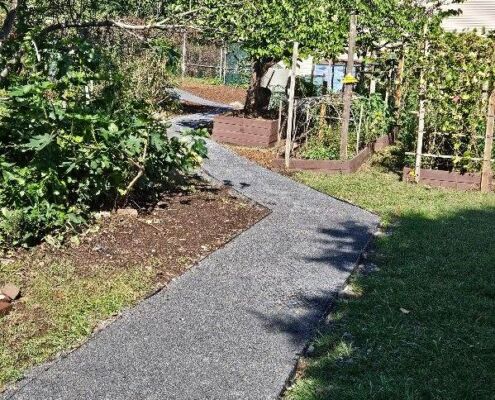
Named for life-long Staten Island resident Joe Holzka, a prominent figure in social and political spheres in the West Brighton neighborhood. Holzka is remembered for his many contributions to the improvement of his birthplace. His work on the Staten Island Greenbelt and other public spaces such as Snug Harbor helped to create a living legacy of his commitment to municipal improvement.
Why Are Green Spaces Important to New York City
Green spaces are important to New York City residents for several reasons:
Environmental Benefits: Green spaces help to mitigate the urban heat island effect, reduce air pollution, and provide habitats for wildlife. They also help to reduce storm water runoff and prevent flooding.
Health Benefits: Access to green spaces has been shown to improve mental health, reduce stress, and promote physical activity. In a city like New York, where many residents live in areas with limited access to fresh food and safe outdoor spaces, green spaces can provide important opportunities for exercise and recreation.
Social Benefits: Green spaces provide a gathering place for community events and activities, fostering a sense of community and social cohesion. They also provide opportunities for volunteerism and community engagement.
Economic Benefits: Green spaces can increase property values and attract businesses, tourists, and new residents to the area. This can lead to increased economic activity and job creation.
In New York City, the availability of green spaces varies widely by neighborhood, with some areas having more parks and greenways than others. As a result, there has been a push to increase access to green spaces in underserved communities, through initiatives such as the Mayor’s Action Plan for Neighborhood Parks and the Parks Without Borders program. These initiatives aim to improve the quality of life for all New York City residents by increasing access to green spaces and promoting a healthier and more sustainable city.
Project EverGreen’s Impact
Parks, lawns, landscapes and maintained green spaces help to mitigate temperature increases in communities and significantly reduce energy use and cooling costs. Project EverGreen’s GreenCare for Communities initiative has made a significant impact. Since 2008, Project EverGreen and its partners have renovated community parks and public green spaces totaling more than 200 million square feet of living green space.
Through its nationwide base of professional volunteers, Project EverGreen has connected people, plants, and their communities to maximize the health of grass, plants, and trees, which in turn sequesters carbon and cleans the air. The initiative supports healthy green spaces in neighborhoods and cities, enabling maintained green spaces to function as the lungs of the city and offsetting the negative effects of a warming environment.
Project Scope
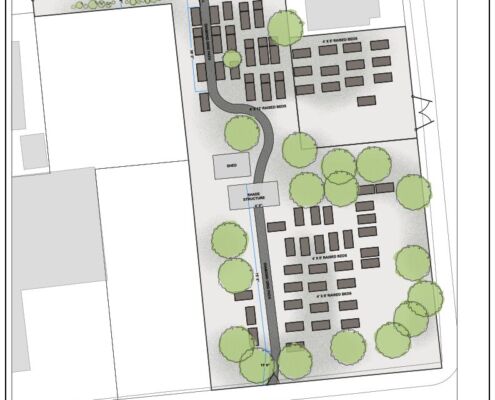
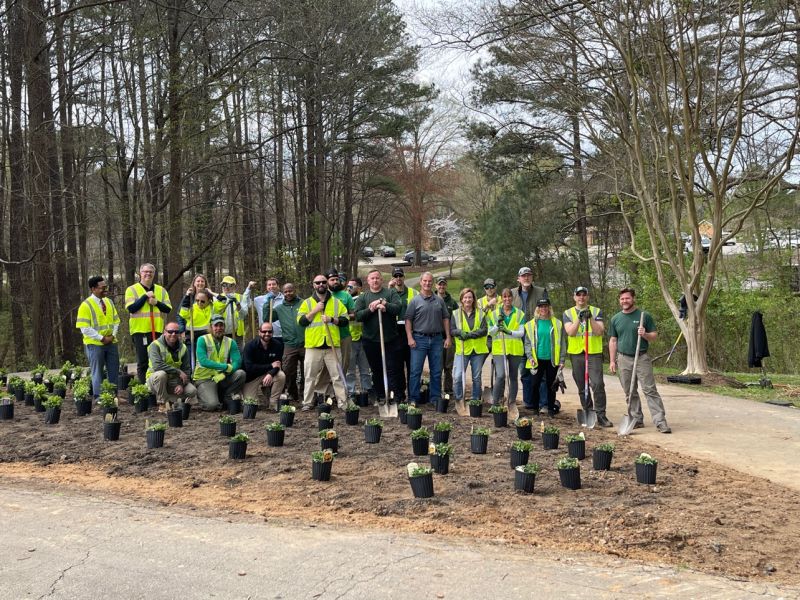
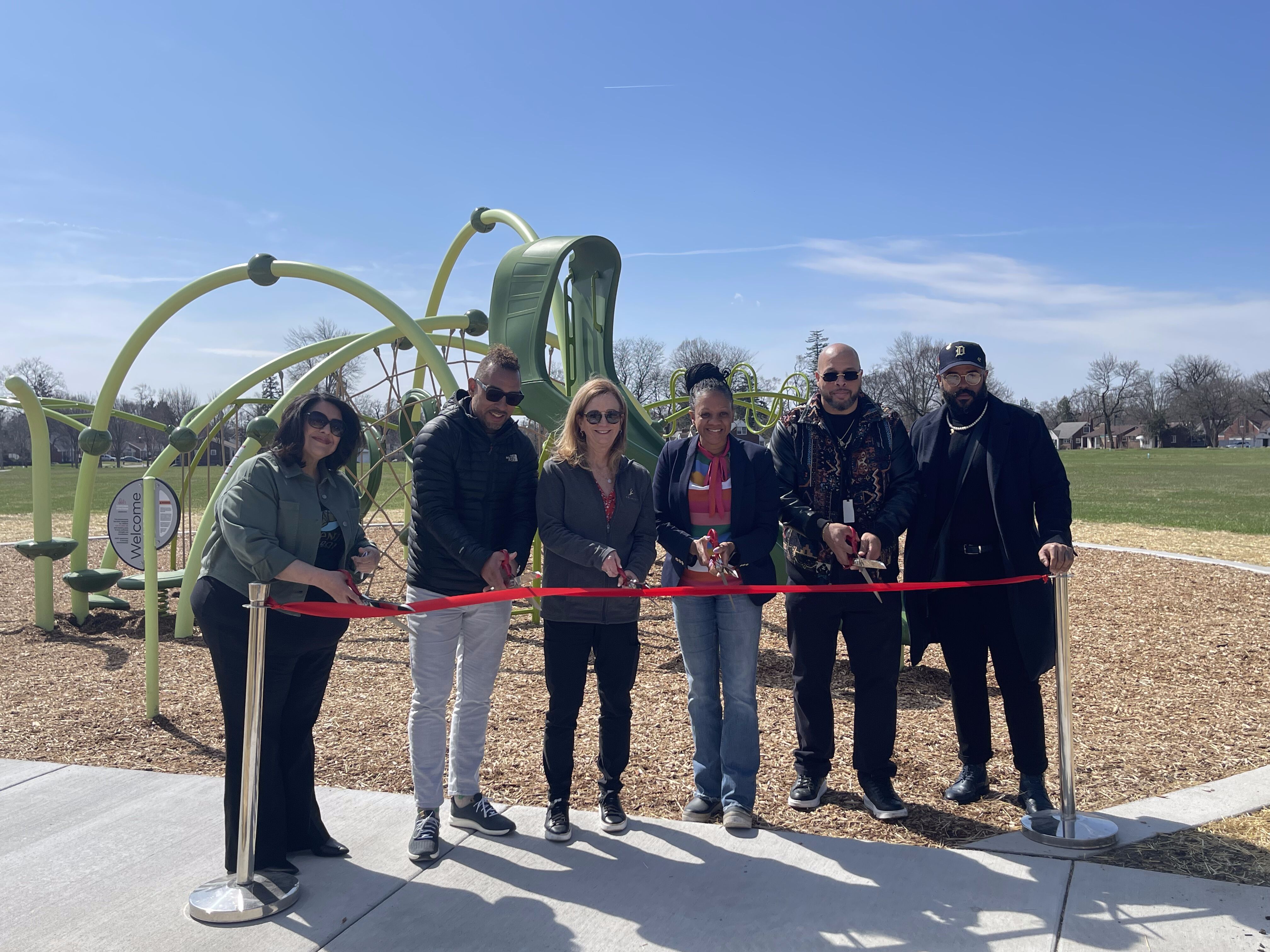 Milan Park – Detroit – 2024
Milan Park – Detroit – 2024